1
HOME > Tips & Advice >
WHAT MAKES A LUXE FABRIC?
Written by Ivan Yaskey in Tips & Advice on the 7th February 2023
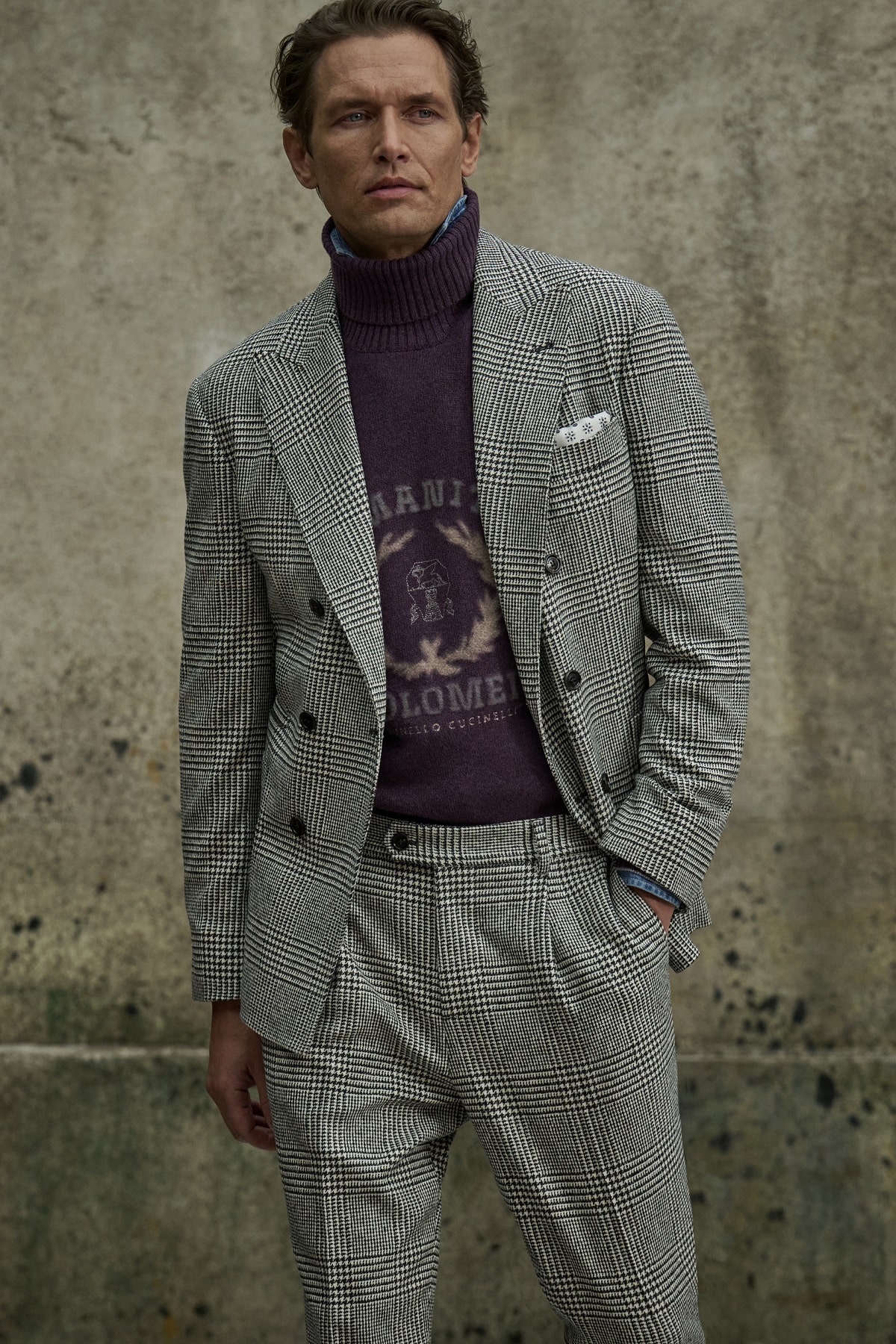
Part of the conversation around fashion has shifted less toward trends and more toward building wardrobes that last. Selecting well-constructed classic pieces tends to be the de-facto advice here. However, “well-constructed” means a number of things: Fabric that won’t fade, shed, or tear easily, stitching that won’t come apart, and a garment that won’t stretch out or show wear within a year of use. The macro-level focus has zoomed out toward designer brands – and the purchasing power from Gen Z resulting in a recent spike in sales. Yet, much like with food, you can’t always go by a label. Instead, what the garment is constructed with makes all the difference in terms of immediate feel and longevity.
What are Luxury Fabrics?
Polyester, spandex, and rayon frequently don’t produce long-lasting clothing. Yes, exceptions exist: See mint-condition ‘70s disco shirts or a mid-century Hawaiian shirt for a few examples. While vintage offerings can disprove this, much of the synthetic-based clothing from the past two decades has been produced with a burn-and-turn mentality: Thinner, quickly manufactured materials stitched together that unravel after a few washes.
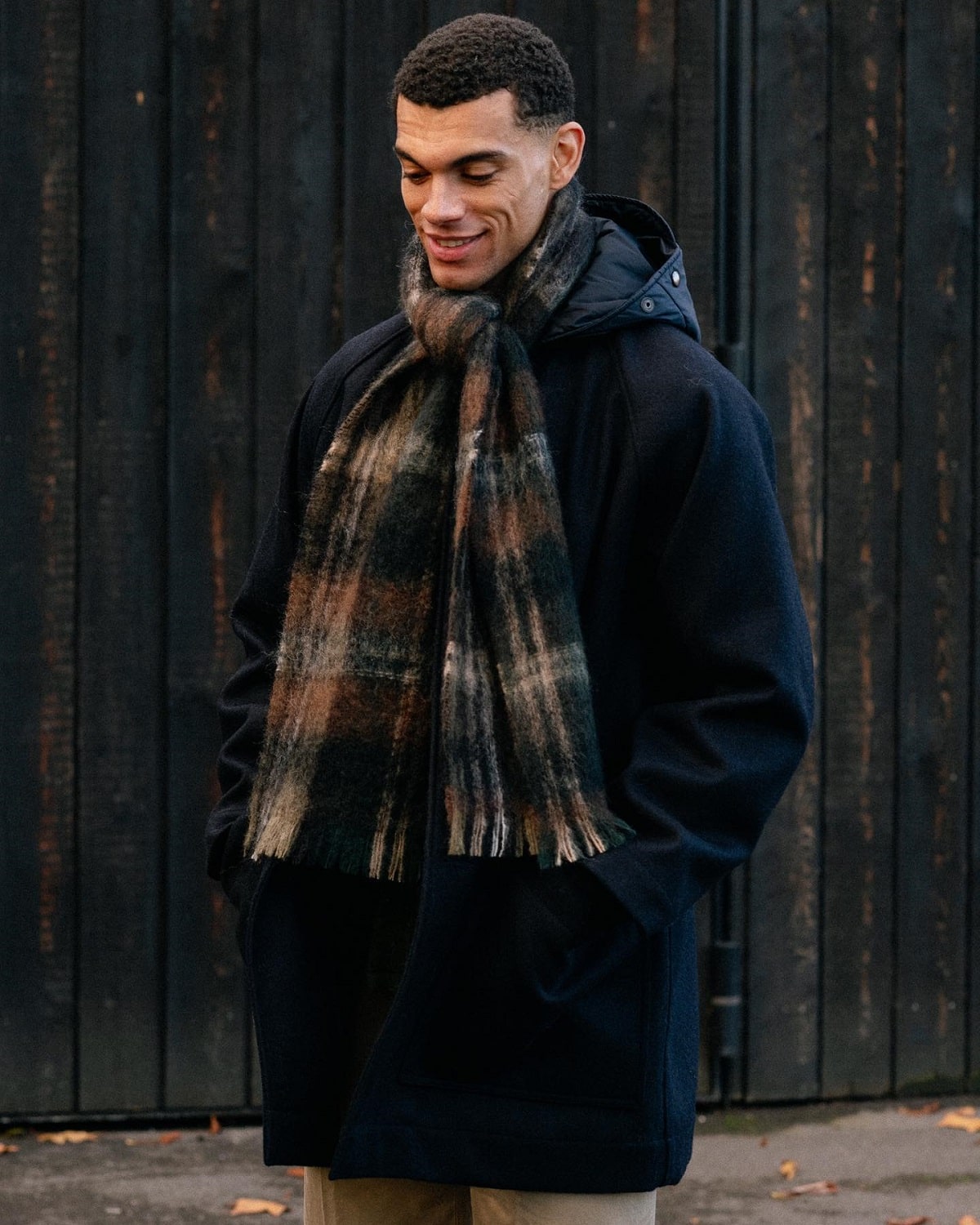
“Luxury” has become a qualifier to distinguish materials that don’t degrade and show wear so easily. That doesn’t mean everything natural falls in its scope, however: Cotton, for instance, often has a casual, T-shirt-like feel. Rather, luxury encompasses rarer materials that require skill and often more time to produce and tend, in turn, to have a longer lifespan. This starts with stalwarts like silk, cashmere, suede, and leather, includes patterns with more detailed elements, and extends to select, harder-to-find versions of wool and cotton with more body and a softer hand-feel. In all cases, a higher price accompanies the more intensive construction and sourcing.
To qualify what luxury or “luxe” fabrics are:
- Construction leans less toward blends – unless that’s adding some cotton to linen to create a softer feel. Instead, these materials come from entirely natural sources or are an innovative high-tech fabrication like modal. In all cases, polyester and spandex aren’t mixed in, leading to a heavier, stiffer feel that requires some breaking in time.
- Construction also tends to be more sustainable, as petroleum isn’t being used. Note that this isn’t always the case – for instance, the impact of raising cows for leather and then tanning the material.
- A degree of craftsmanship is involved in transforming the natural fibers into a fabric – from the equipment used to any embroidery added. In the case of select designer materials, the fabrics may even be proprietary made.
- More details are involved, resulting from how the material is woven to laser cutting.
- Rarity plays an element – for instance, supima versus traditional cotton or vicuña wool.
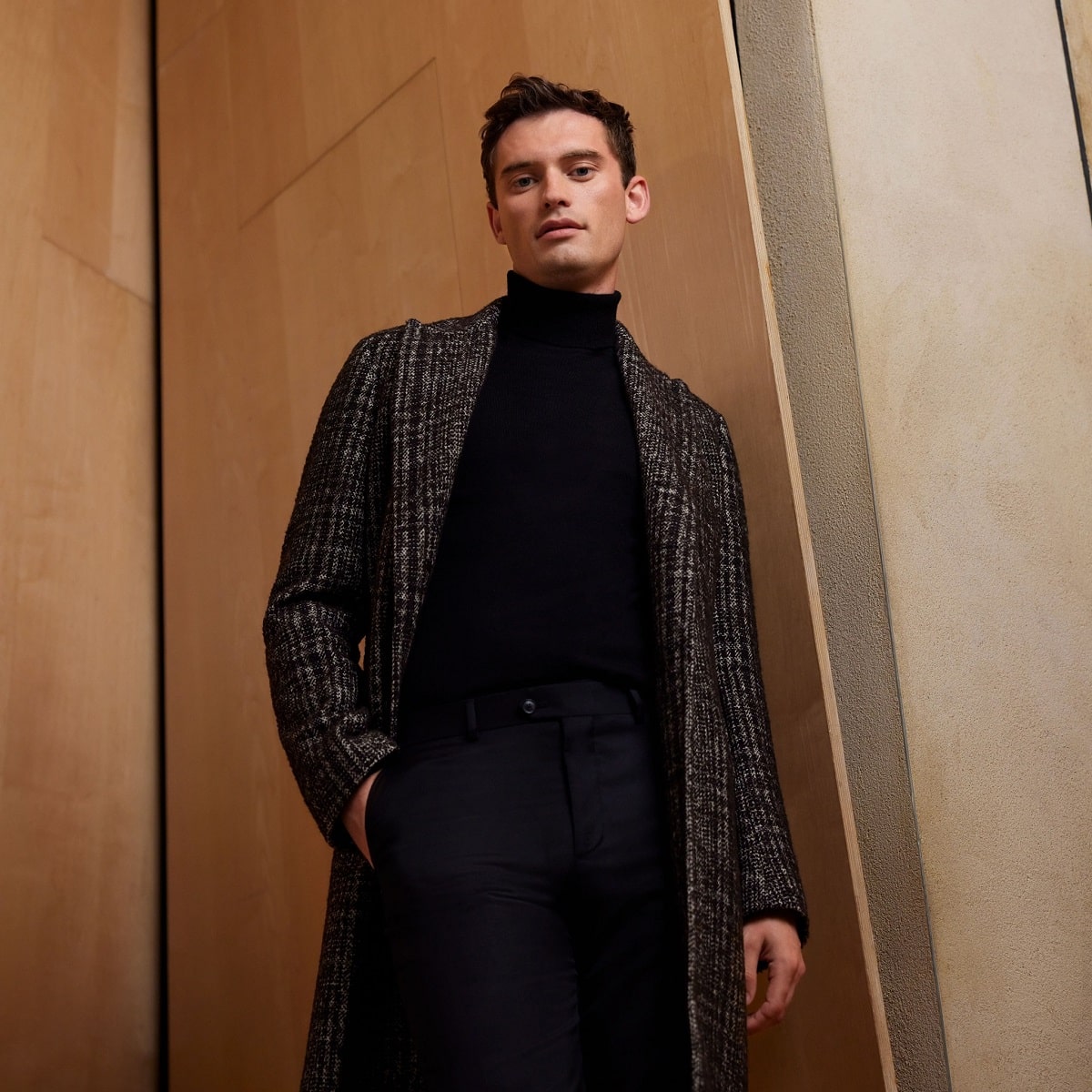
Types of Luxe Fabrics
Luxe fabrics encompass a broad range of materials:
Leather
You’ve seen how a leather jacket ages, or you’ve felt the softness of suede. With care, these materials last decades, maintain their colour, and require significant craftsmanship to produce. Synthetic versions, even with more plant-based solutions entering the market, don’t compare and start to crack and flake with time.
Linen
At a glance, you might not consider linen relatively luxurious. After all, it feels a bit rough to the touch, and can look like burlap up close. Sourced from the Middle East and Central America in the present, this material originating in Egypt begins with flaxseed stalks, known for their strength. Once woven, the lattice-like texture lets air pass through, offering a more breathable experience that’s ideal for a spring or summer suit. Like other luxury materials, linen gradually starts to soften after wear and washing, feeling more natural as a result.
Silk
The Chinese started making a fabric from silkworms roughly 4,000 years ago, and into the 20th century, silk became the go-to material for Hawaiian shirts. In all contexts, silk has a slubbed, shimmering, and smooth effect that drapes well to the body, lets the skin breathe, feels cool in summer, surprisingly holds warmth in winter, and has been a staple of couture construction for decades.
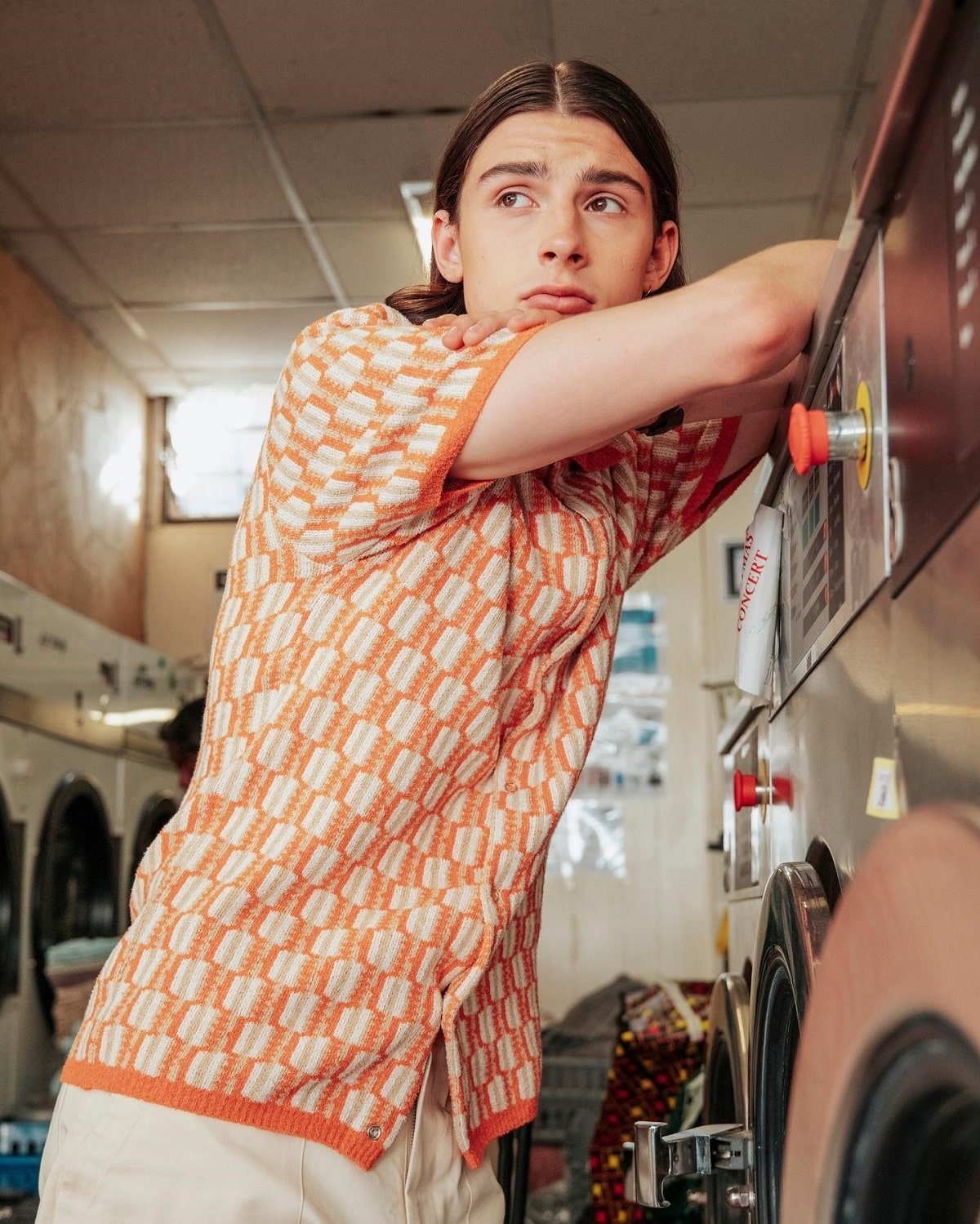
Satin
Satin gained a reputation, to a degree, as a cheaper version of silk and set the template for similar iterations like rayon and viscose. Today, no single fiber makes up satin – silk, in fact was initially used, although polyester is now common for more economical versions. In all cases, satin describes a weave creating a shimmering, draped effect and a lustrous material on one side of the material: This is achieved by at least four warp threads passing over one weft thread. Within this group, charmeuse is a lighter, finer type of satin.
Cashmere
We think of cashmere as the quintessential luxury fabric. Maybe it’s that Seinfeld episode with the stained, marked-down cashmere cardigan given as a gift, or the fact that it exclusively shows up in luxury collections. Within the image comes a deserved reputation based on an ultra-soft feel and a high degree of warmth for its weight. As a fabric, cashmere is a type of wool sourced from goats – specifically their softer, finer, and lighter-weight undercoat. What results, once it’s woven, is a light, almost airy material that lets your skin breathe while still trapping warmth.
Velvet
While you’ll spot velvet from ultra-fast fashion these days to suits in Fashion Week presentations, its luxury image stems from its plush, soft feel and history. Several materials are used to generate velvet today – from polyester and spandex to cotton and linen – but the technique is what matters. Creating the softer texture and hand-feel is a narrowly woven and short cut pile resulting in an equally fine nap that adds a matte yet fuzzy to lustrous appearance.
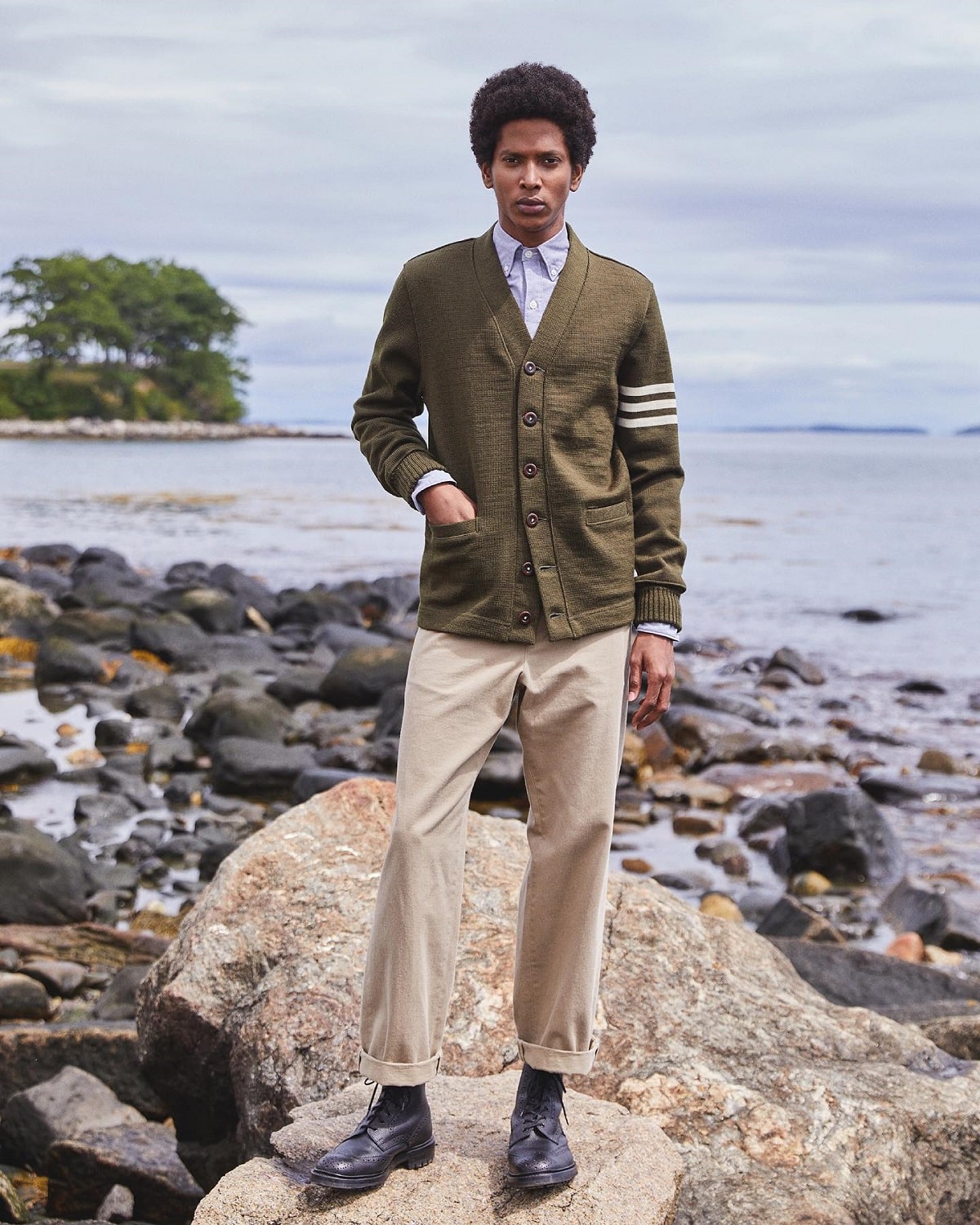
Wool
Wool, by itself, comes with hard-wearing utilitarian connotations. It’s a heavier, rougher, and thicker fabric that, through natural composition, repels water, controls odours, and keeps the wearer warm. Composition and rarity vary. Merino, for starters, might not be considered luxury, but it’s still sought after for its finer, softer feel. Tweed enters luxury territory not so much for appearance but the story of craftsmanship behind it – particularly where wools get sourced and the hand-woven technique to produce Harris tweed. Then, for vicuña wool, composition mirrors cashmere – soft, light, and highly insulating for its weight. Fibers are sourced from the vicuña, related to the alpaca and found in the Peruvian Andes. To reduce harm, animals are only combed for their hair once every four years, making the process more labor intensive and resulting in rarer fabric quantities.
Pima Cotton
Similar to wool, a utilitarian character follows cotton around. It’s not hard to see why: By itself or blended with polyester, it sets the foundation for T-shirts, button-fronts, and denim. It’s the peak embodiment of an everyday garment. On the other hand, you may notice that higher-priced T-shirts use supima or “pima” cotton. This higher-quality cotton starts with longer fibers: Once woven, they create a heavyweight and equally durable material that’s breathable, feels almost silk like to the touch, resists wrinkles, and offers a longer lifespan than shorter, lower-quality fibers.
Modal
When you hear “synthetic” in reference to fabrics, you naturally picture polyester, spandex, rayon, or nylon –- all far from luxury based on how easy they are to produce, their relatively short lifespan, and general ubiquity no matter what you’re looking for. Synthetic has started to encompass fibers sourced from nature before they’re processed into a lighter-weight, flowing material: Viscose and rayon are the most common – and for this reason, they’re not luxury fabrics – followed by modal. Developed in Japan in the 1960s and classified as a semi-synthetic material, modal starts with beech tree pulp before it’s processed in a similar fashion to rayon: Cellulose that’s harvested gets soaked in chemicals like sodium hydroxide and carbon disulfate before it’s spun into a thread and woven into a soft, stretchy, and silk-like material that’s used on its own or blended with cotton for more substance. It’s also occasionally used for higher-end activewear for its ability to absorb perspiration. Compared to rayon and viscose, the beech trees used for modal require as much as 20 times less water to thrive and fewer chemicals to transform and process.
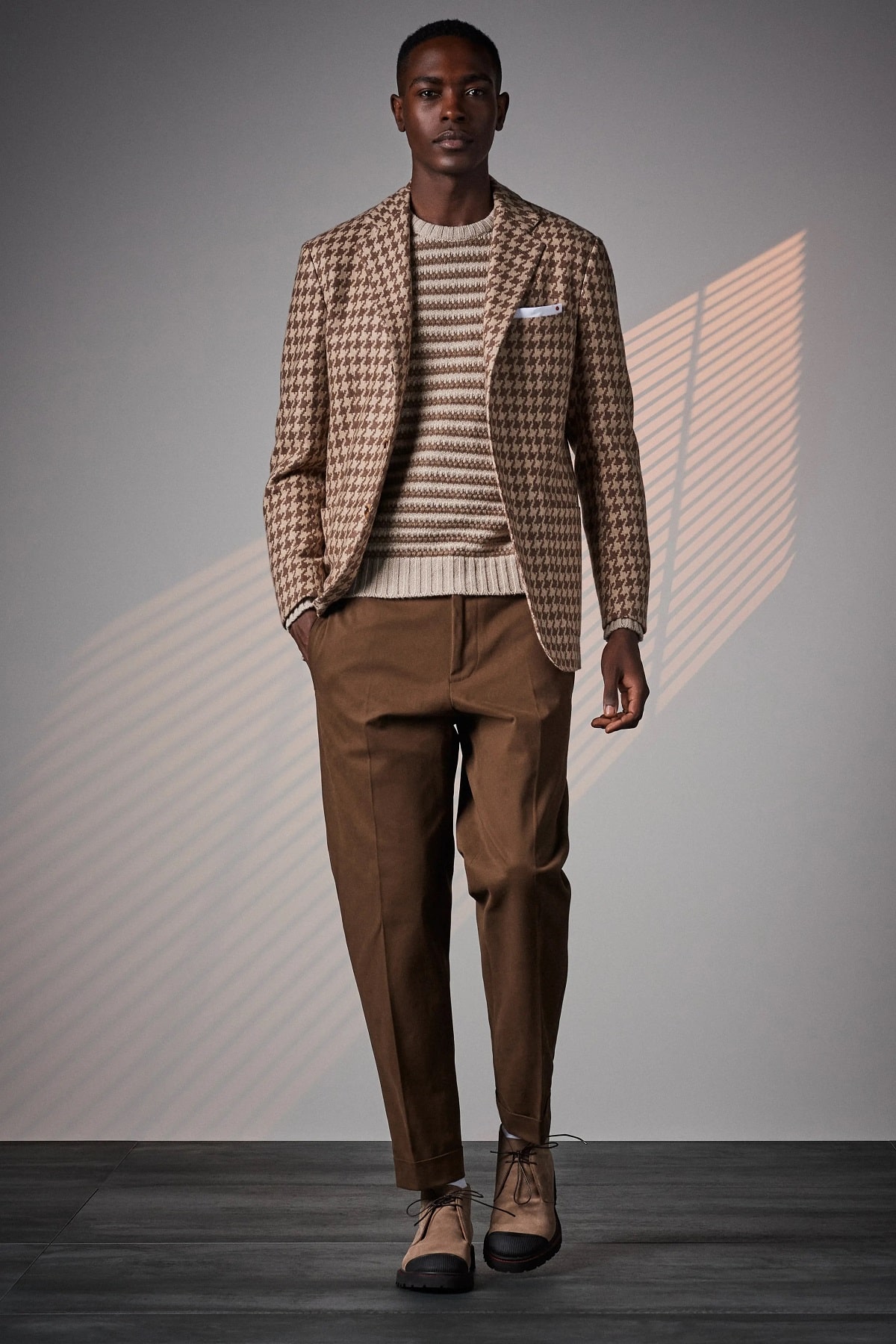
Mohair
Last year, we saw a mohair revival after a few decades of dormancy. Mohair’s appeal comes from the fluffy, almost hair-like texture found on sweaters and jackets and predictably soft feel. Similar to cashmere, mohair is sourced from Angora goats, and the result offers a high degree of durability, insulation, and breathability.
Brocade
Brocade is a type of woven jacquard fabric resulting in a three-dimensional paisley or floral pattern. Contrasts draw the eye, and if you’re sticking to tradition, you’ll spot bits of gold or silver silk thread woven through that add a light sheen.
Damask
Damask frequently gets confused with brocade due to the final result – a woven, detailed jacquard fabric with floral and fruit motifs. The technique dates back to the 15th century, and today, the material stands out through a mix of matte and shimmery contrasts that switch on the reverse. You’ll typically find these made of cotton, wool, or linen.
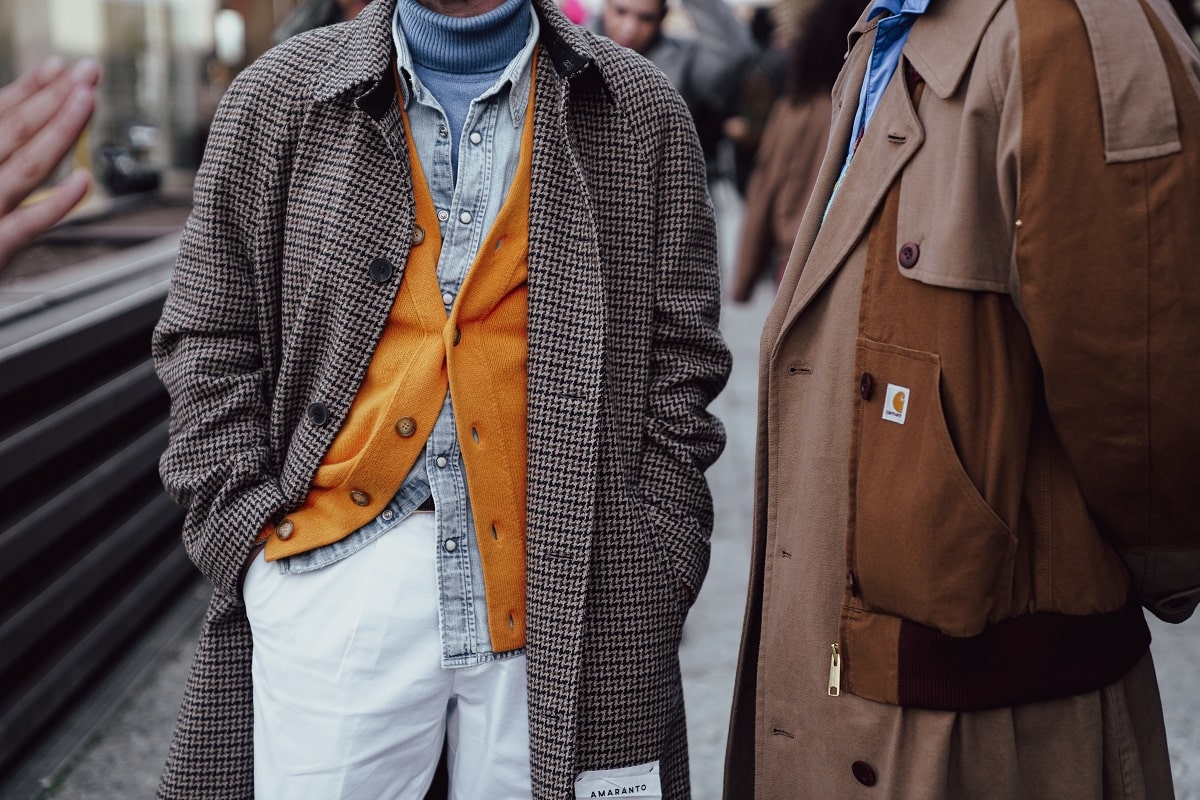
Chenille
We tend to spot higher-end children’s clothing, as well as loungewear for adults, made from chenille, essentially a luxury, wool-based version of corduroy with a softer, almost caterpillar-like appearance.
Herringbone
Genuine herringbone, as opposed to a print, is all about the weave. Although construction often overlaps with Harris tweed, the two aren’t exclusive. What distinguishes herringbone are rows of diagonal parallel lines, with larger rows appearing to travel in opposite directions. Based on tweed construction, contrasts or an arrow-like texture may result.
Houndstooth
Herringbone and houndstooth often get confused with each other. Another typically wool-based fabric, houndstooth sets itself apart with a series of interlocking geometric shapes in a checkerboard-like formation.
Chiffon
Most lightweight, sheer high-end garments use chiffon in some form. Also a high- to low-end material based on whether it’s sourced from silk, cotton, nylon, or polyester, its distinctive gauzy yet lustrous effect can be attributed to a mix of S- and Z-shaped weaves adding a light texture.

Trending
2
3
4
5
6
7
8
9
10










